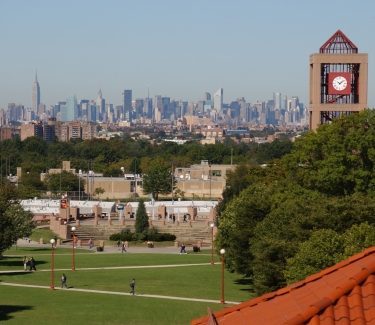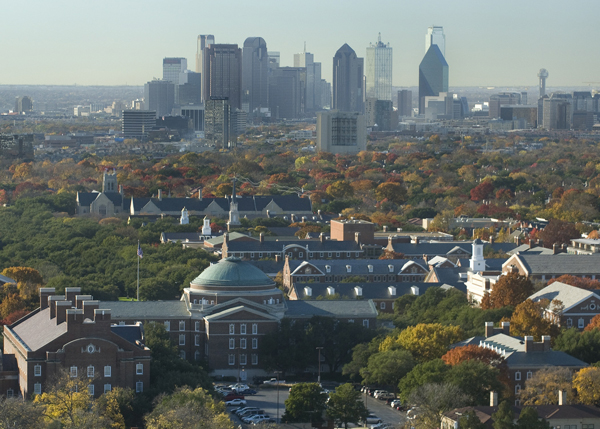What types of organizations and spaces lead to creativity and innovation? This is a fundamental question that higher education institutions confront on a continual basis. I recently finished reading Steven Johnson’s Where Good Ideas Come From: The Natural History of Innovation. He presents several thought provoking ideas that I believe can prove useful for thinking about higher education’s role in supporting innovation, creativity, and new ideas.

Johnson seeks an answer to the basic question of what types of spaces have historically supported creativity and innovation.
Much of his work draws from an environmental perspective using key notions from biology, ecology, and other related fields to understand innovations.
Three ideas from the book strike me as particularly important for those of us in higher education.



